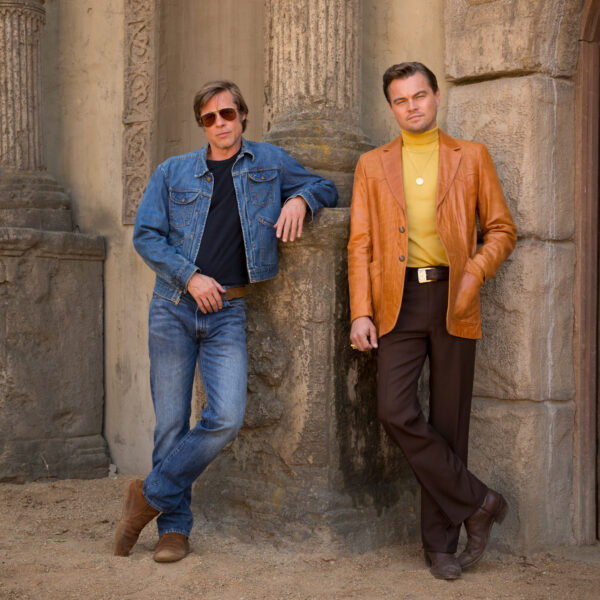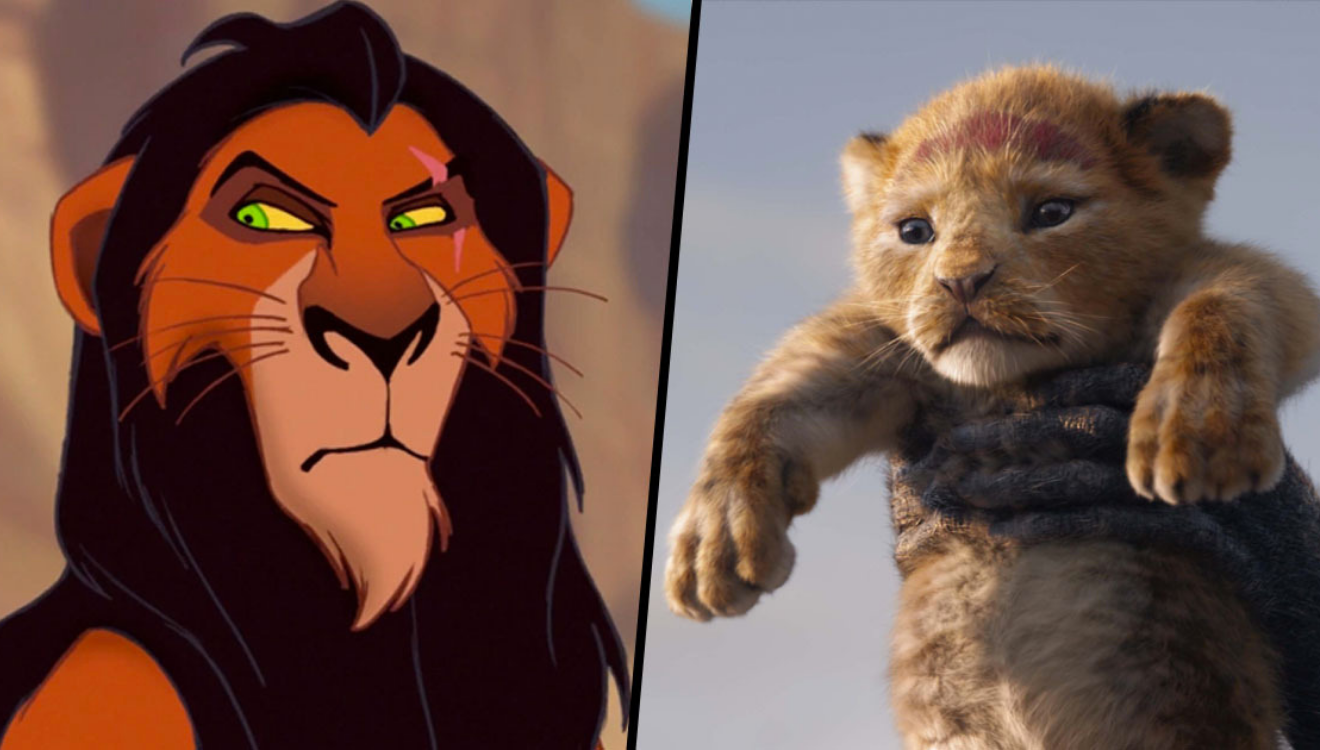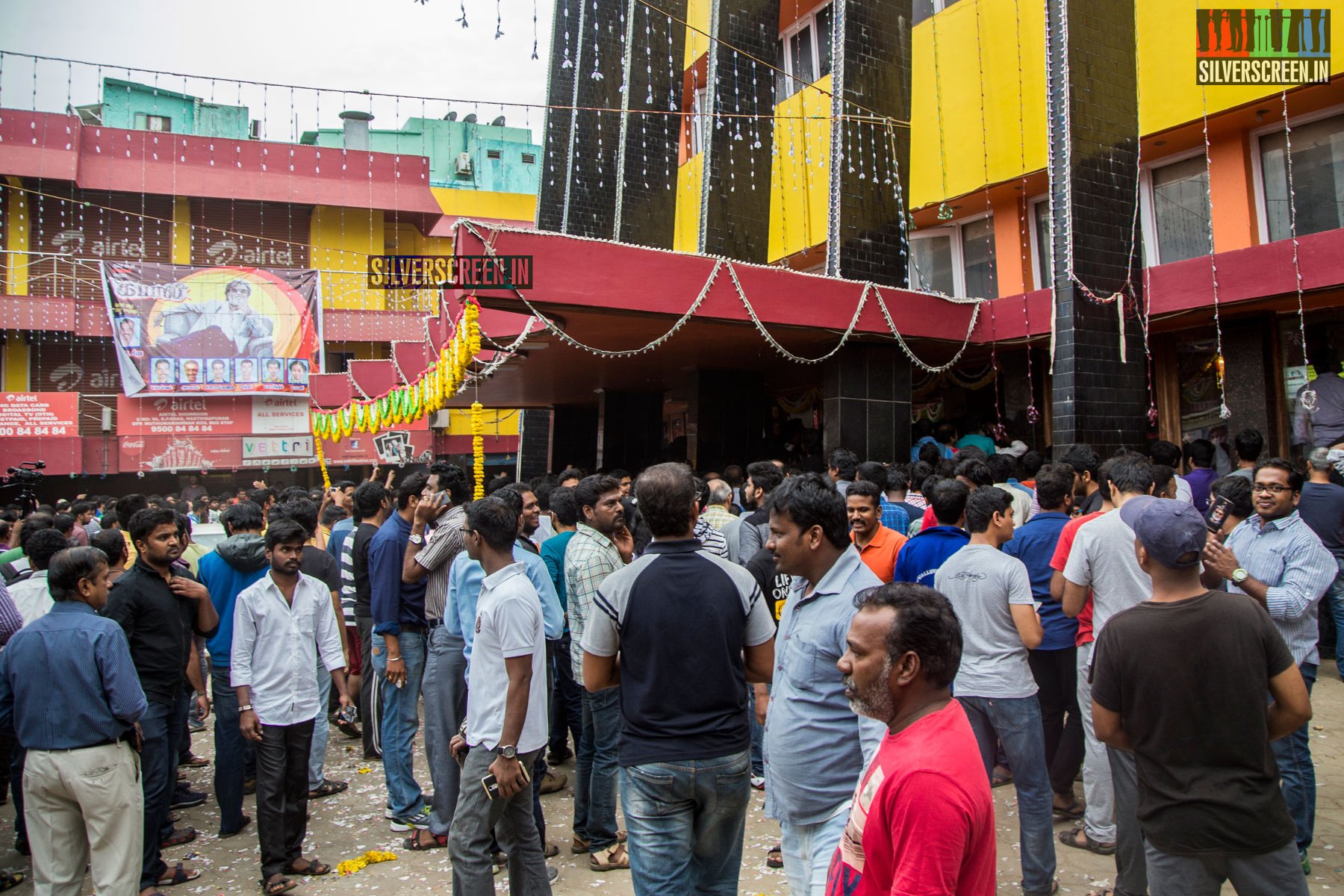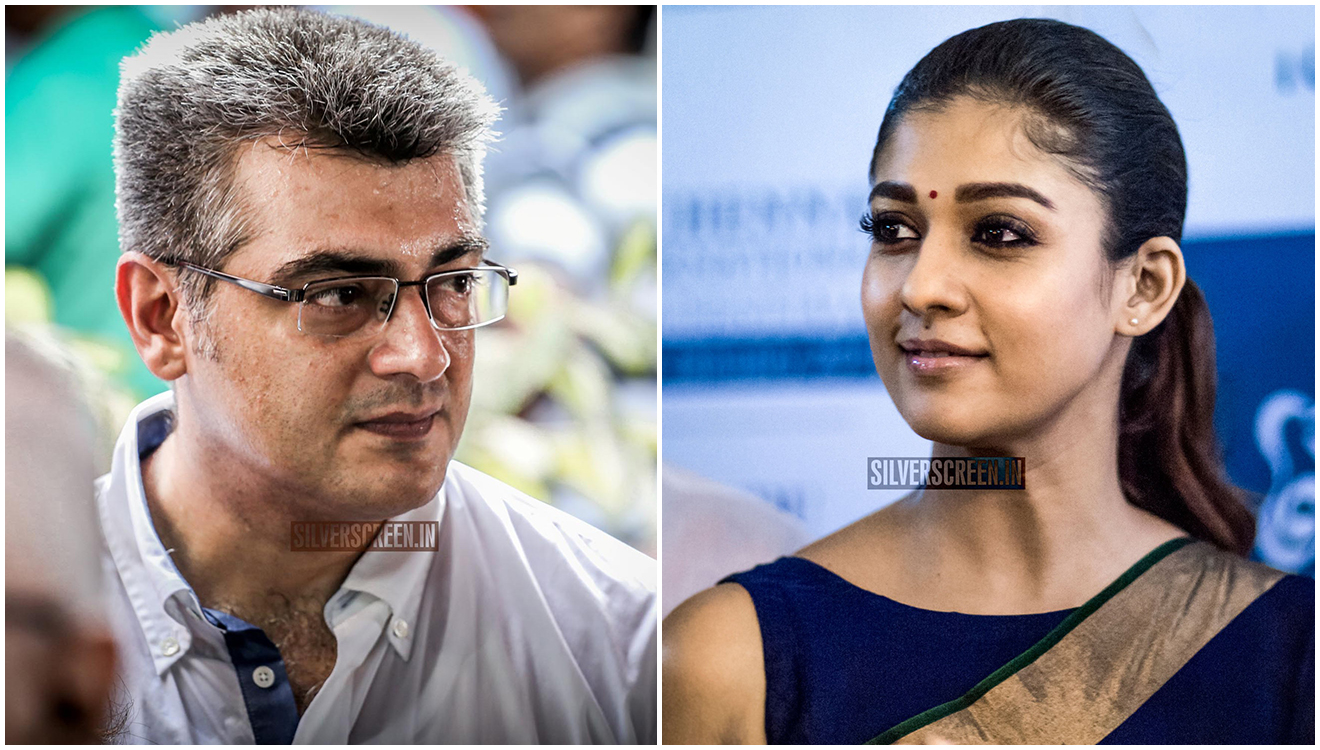Director: Quentin Tarantino
Cast: Margot Robbie, Leonardo DiCaprio, Brad Pitt
Once Upon a Time In… Hollywood flits in and out of and fits many genres. It is a dark comedy, a crime drama, a period piece, a meta western, and a fantasy fairytale. But, really, it is a ‘hangout’ film. In a ‘hangout’ film, a genre term coined by the film’s director Quentin Tarantino, nothing really happens, even though there’s quite a lot going on beneath the surface. You typically watch a ‘hangout’ film with your friends with some cold beers on a hot Sunday. You hang out for a couple of hours with a couple of likable characters who all feel like your friends. Tarantino, a genre film obsessive, had once said in an interview that Rio Bravo was the ultimate hangout film. The Blues Brothers, Dazed and Confused, The Big Lebowski, and, the more recent, Inherent Vice are all great examples of ‘hangout’ movies. But Once Upon a Time In… Hollywood embraces the genre with hitherto unseen and unbridled intent. Its languid indulgences and excesses invite you in and persuade you to stay just a little longer.
More importantly, Tarantino’s ninth film, perhaps the most elusive one in his filmography, is a preservation piece. Once Upon a Time is interested in restoring, safeguarding, and also festishising to some extent, a time and a place, and its cultural ethos. That time and place is not just Hollywood, circa 1969, it also has to do with the here and now. The phrase ‘end of an era’ no longer holds because eras don’t really end now; they dissolve into one another. We are constantly going back and forth, compartmentalising modern sensibility, nostalgia and morality. Looking back at the past from 2019 prods introspection and judgment. Romanticising old Hollywood would have called for necessary and justified criticism, after all it was ruled and run by monstrous men. But Tarantino isn’t into compartmentalising, neither is he interested in the back and forth between the binary of old school and new tastes. Instead, in his self-proclaimed penultimate film, he creates a smorgasbord of all these sentiments, resulting in a heady mix of nostalgia, introspection, insecurity and masculinity. When you keep all of this on a flame, stir it around for 2 hours and 40 minutes and distill it you get, Once Upon a Time In… Hollywood. A film that provides something that perhaps everyone needs: an escape. A good lie. Somehow, the most mythical filmmaker of our times manages to lie believably and create one last hopeful portrait of common ground between the old and the new. It is, of course, a fantastic lie, a fairy tale. But Hollywood has always been in the business of selling lies, as has Tarantino.
At the centre of the film are arguably two of the biggest living Hollywood superstars. Leonardo DiCaprio is Rick Dalton, a once-popular TV cowboy now begrudgingly and drunkenly riding into the sunset and out of relevance. He is the Old Hollywood, one that belonged to hard men with supposedly soft interiors. At his service is Brad Pitt’s Cliff Booth, Rick’s stunt double. He is Rick’s man Friday, his friend. He fixes Rick’s drinks and also his TV antenna. Cliff is also a sort of a mystery man; his torso bears scars with stories from his past. Did he kill his wife? Is he a cowboy hero? If yes, then why does he wear a Hawaiian shirt? Why does he buy acid-laced cigarettes from hippies?
Rick and Cliff are part fiction, and part collage of a number of Hollywood denizens of that time. Tarantino drops these two fictitious men in the middle of reality, a notorious historical cross section that concerns (Margot Robbie’s) Sharon Tate, Rick’s new neighbour and a budding star of New Hollywood that is quickly rendering gruff cowboys like him redundant. If Rick is yesterday, Tate is tomorrow. The film spends three meandering days, February 8, February 9 and August 8, 1969, in the lives of its three subjects, exploring film sets, Mexican restaurants, radio stations, Playboy Mansion and contemporary TV shows. And it all feels like a breezy car ride on broad boulevards drenched in glowing sunset, until the final act, when the sun goes down and Hollywood lights up in neon splendour. Here, the film finally turns towards the impending night of terror.
The film’s underlying tension comes from the audience itself, from common knowledge. On the night of August 8, 1969, three members of the Charles Manson family broke into Tate’s residence and murdered the actor and her friends in gruesome fashion. That incident left an indelible mark on culture, media and society and also brought a most violent end to the decade of peace. Sixties’ free-spirited optimism was over. That was an end of an era.
The final act of the film concerns itself with that zeitgeist-changing moment. By the way of proximity, Rick and Cliff are dragged into the tyranny of that fateful night. It is what happens next that makes the film. It is when you realise you were only hanging around for the ending. Tarantino knows it, too, and he makes it clear. “And now, what you have been waiting for,” says a tuxedoed man on a TV show that Tate’s friend is watching, just before the events of the night unfold with narration setting up the pieces for the audience. For the explosive headline act that follows, Tarantino mixes shock and farce to create ultra-violent euphoria that, first, leaves you baffled, and then fills you up with profound sadness. He, first, painstakingly recreates history and memory, and then dismantles it with derision and vengeance. The climax is a last hurray before the elegy is sung. With that final flourish, Tarantino lets the cowboy hero live a little while longer. It is a Hollywood ending.
Recommended
The final scene, however, settles you down into reality and its terrible truth. It is a showcase of movie escapism and its values, but it is also a melancholic reminder that this is indeed a fairytale, and if there were any doubts about it, the fairytale worlds Once Upon a Time In… Hollywood, the title card, finally shows up on screen. There are no Hollywood endings in real life.
*****
Manas Mitul is a journalist and genre film nut who cares for culture and conversations, both real and fictional.
The Once Upon A Time In Hollywood review is a Silverscreen original article. It was not paid for or commissioned by anyone associated with the film. Silverscreen.in and its writers do not have any commercial relationship with movies that are reviewed on the site.



